11 days in China: Stepping back in time, and viewing the future
(Part One)
China is truly a fascinating country. Over 4,000 years of recorded history have established China’s place in the must-see list of travelers. Its historical sites – the Forbidden City, the Great Wall, and the Terracotta Warriors – will always give a strong boost of wonder; its natural wonders like a hike in the 6.5-km Golden Whip Stream will take one’s breath away; and its technology parks give a clear view of the future, like self-driving cars.
In between those sights where I floated from awe to delight, I was led to a dozen once-in-a-lifetime moments that are now my memories of 11 days in China. I was with a group of Philippine government officials and journalists invited by the China Ministry of Foreign Affairs to a tour aimed to foster a better understanding between the people of the two countries. The trip was organized by the Chinese Embassy in the Philippines.
As the first Philippine media group the ministry welcomed after the three-year pandemic, the delegation’s itinerary was well-planned to show the many facets of China. We visited two municipalities, Beijing and Shanghai, and two provinces, Shaanxi and Hunan.
Modern Beijing
Beijing, the capital of China, is a picture-perfect modern city that also embodies the ancient spirit of Chinese history.
Considered a “megacity” for having the second largest population in China, Beijing is also the home to leading centers for culture, politics, finance, business and economics, research, education, tourism, science and technology, and transportation. The city is also home to the world-famous Palace Museum housed in the Forbidden City, the largest palace complex in China which is said to sprawl on more than a million meters of land. There, the palace’s many houses have preserved the architecture of old China – making the visitors feel like stepping back in time.
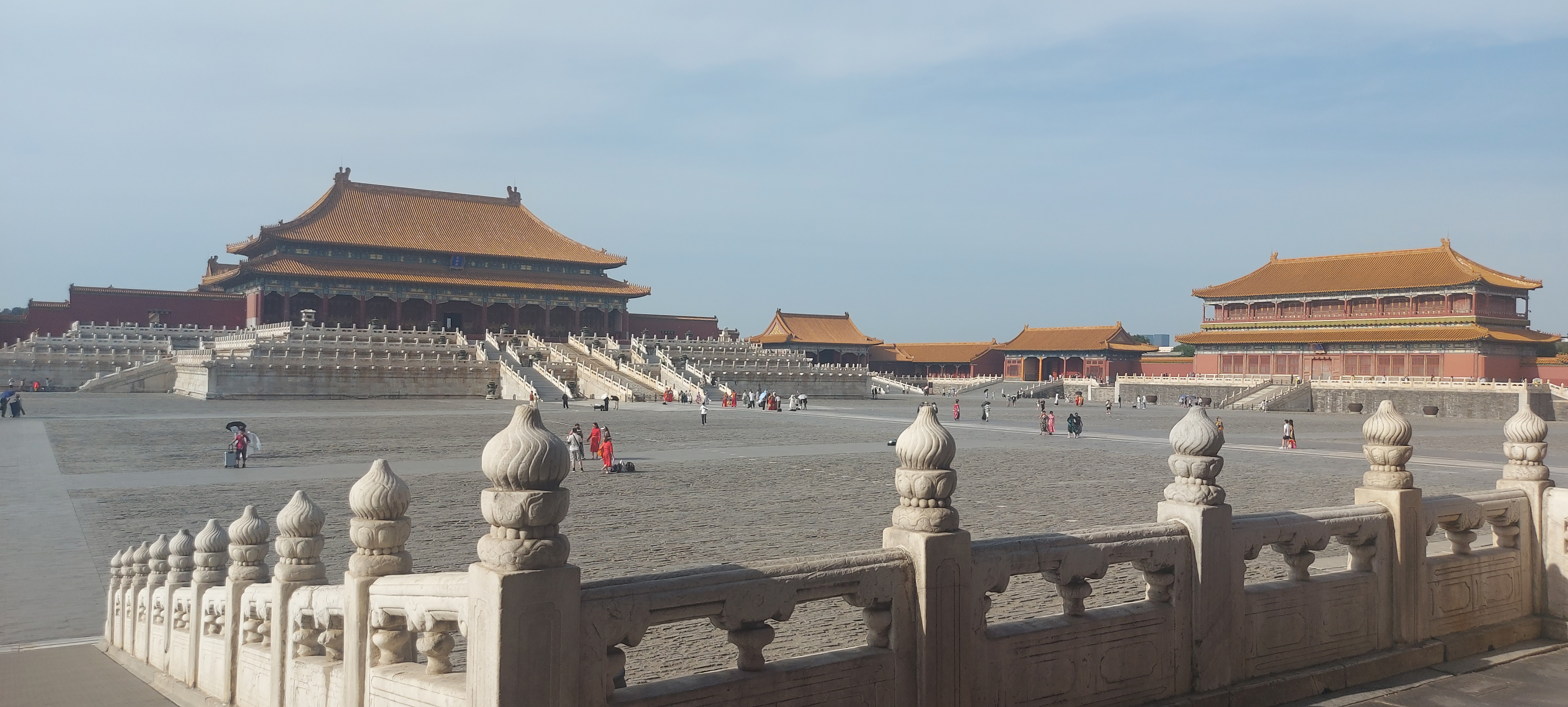
But the most breathtaking moment for me was walking the Mutianyu portion of the Great Wall of China in the Huairou District. To stand up there (we had to take a cable car to reach the top) and imagine the invading troops on horses galloping towards the wall, built almost 3,000 years ago to keep the people of China safe. That was a very memorable experience for me, being there on one of the New Seven Wonders of the World sites, one of the most iconic sites in the world! What traveler would say no to being where I was?
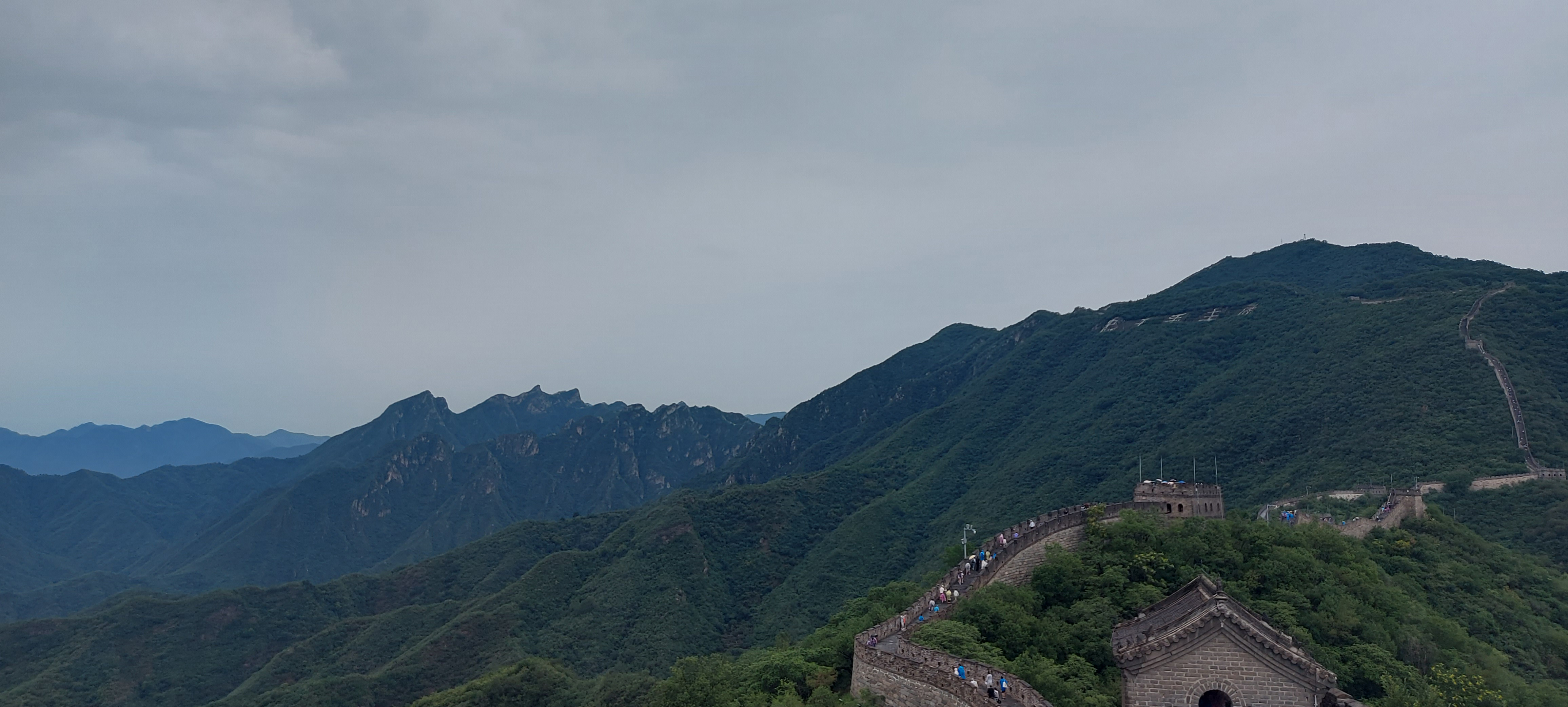
From the past, we stepped into the future at Baidu’s Apollo Park at the Yizhuang Economic Development Zone – to ride a self-driving car –and to “Energy Valley” in the Future Science City, Changping District.
Charming Shaanxi
Xi’an, the capital of Shaanxi province, is a famous historical and cultural city. Known as the starting point of the ancient Silk Road, Xi’an continues to develop as a metropolis for international exchanges and cooperation.
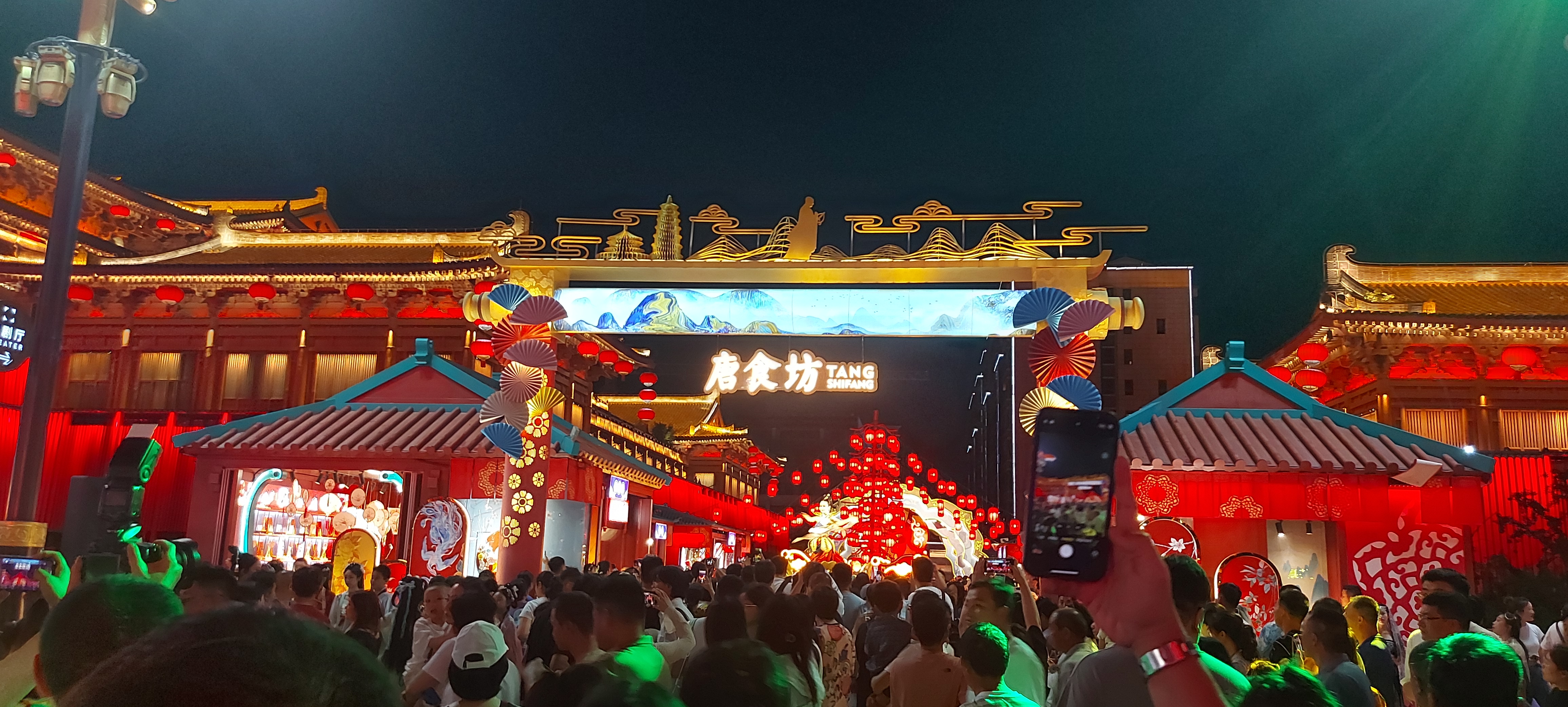
Xi’an is also home to the world-renowned terracotta warriors created during the Qin Dynasty. The visit to the Terracotta Warriors and Horses Museum of the First Emperor of Qin, one of the greatest archaeological sites in the world and one of the greatest discoveries of the 20th century is indeed a once-in-a-lifetime experience not only for me but for crowds of tourists who were there waiting to see the Terracotta Warriors.
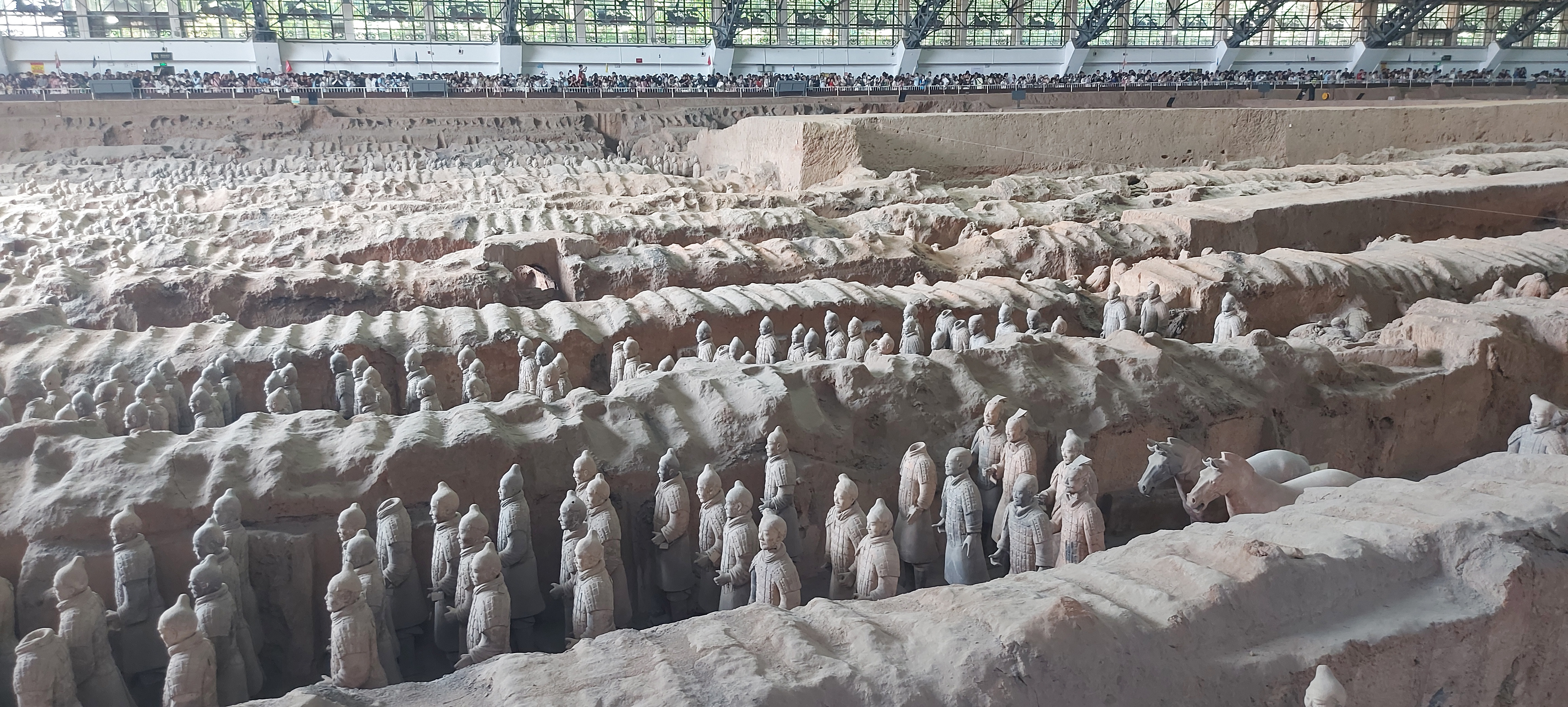
After the Terracotta Museum tour, we went straight to the Daqin Theater in Lintong District to watch the “Resurrected Legion” which gave me a deeper appreciation of the terracotta army.
Again, from the ancient, Xi’an had doorways to the future. For it is home to major industries in China and is also considered an important base for science and education.
We then headed to “charming and holy revolutionary land,” Yan’an which is also home to historical and cultural cities which have welcomed thousands of tourists before the pandemic.
But to us journalists, its centerpiece site is the Liangjiahe Village where China’s President Xi Jinping lived as a teenager helping the poor community.
According to our guide, Xi was made Party Secretary because he was “good” when it comes to planning and finding solutions to various problems.
During his stay, Xi led various initiatives that greatly helped improve the daily lives of the villagers. Among his notable contributions were building a dam and a methane tank, and setting up a sewing workshop, a consignment store, and a mill open for everyone.
Recognizing the importance of education, he also built a classroom to teach the villagers to read and write.
Abundant Hunan
Located in central China, Hunan is considered one of the “cradles of Chinese farming culture.” The province is abundant in mineral and biological resources and also historical sites. Changsha, its capital city, serves as the center of politics, economy, culture, science, education, and trade.
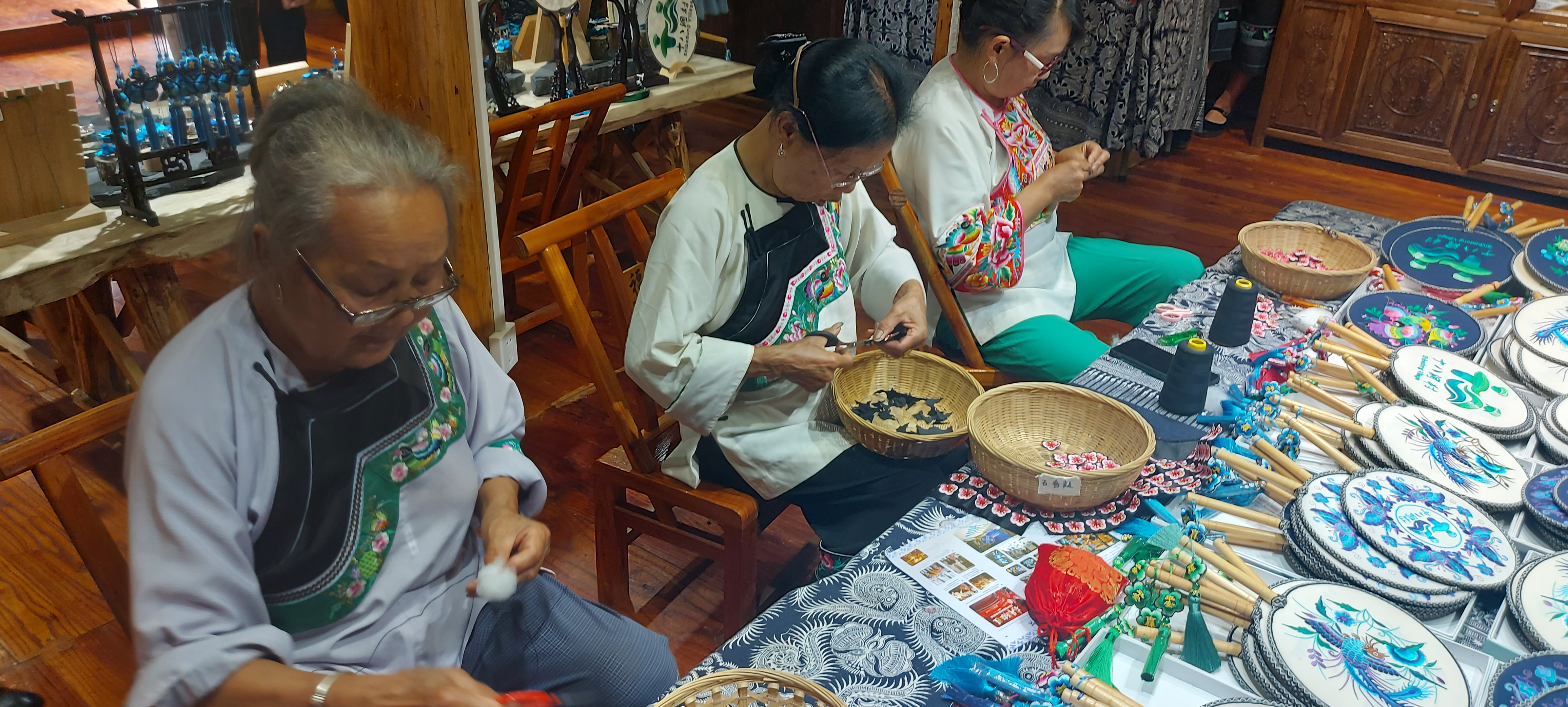
Our first stop in it the city was the tour of BROAD Group’s BROAD Town and the Holon Building.
A privately-owned enterprise, BROAD Group is a leading provider of high-tech products, including stainless steel buildings, factory-made steel highways and bridges, all-metal wind power, clean fresh air machines, and non-electric air-conditioning.
We also visited the Hunan Iron & Steel Group Co., Ltd., a leading manufacturer of steel products in China. The following day, our itinerary took us from Changsha to Xiangxi Prefecture to Zhangjiajie City.
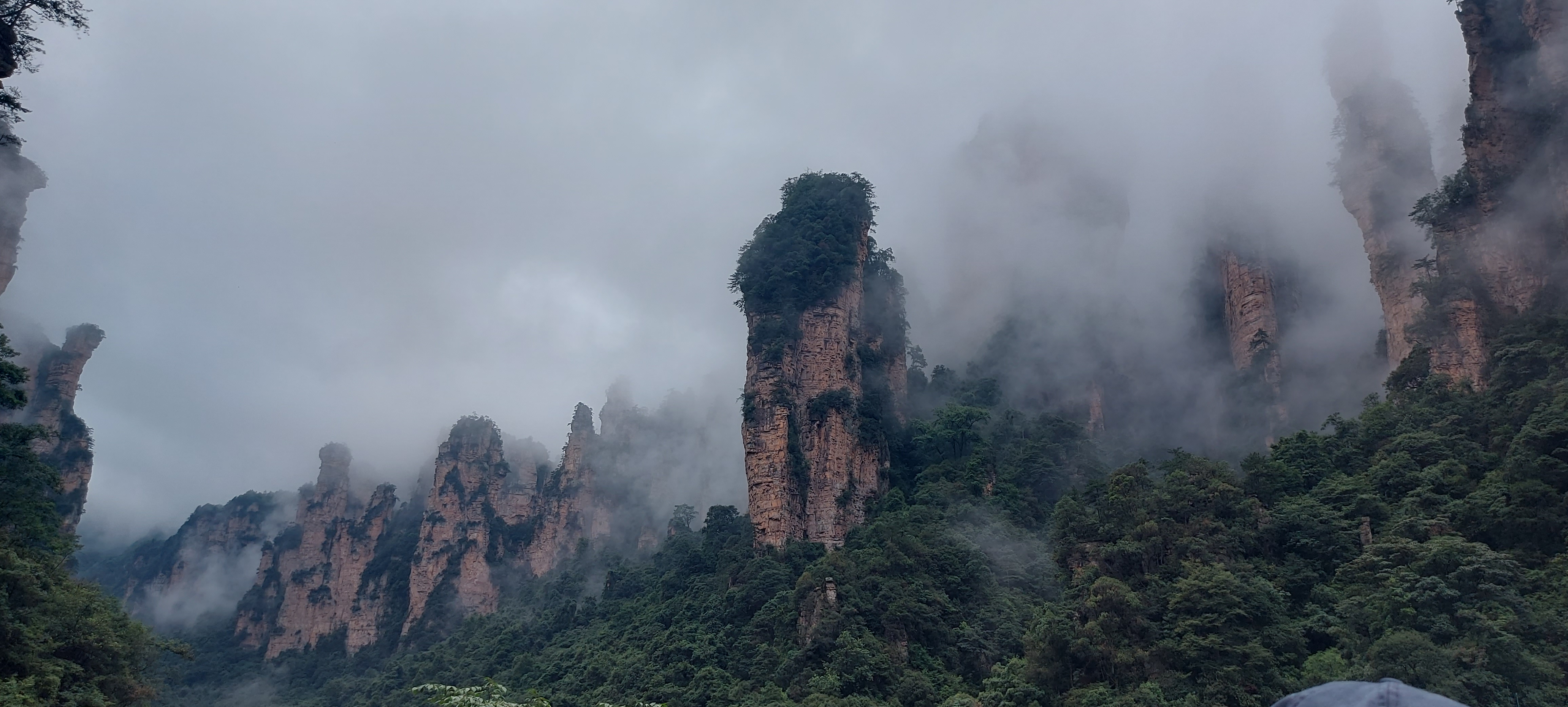
We started with a high-speed train to Jishoudong Railway Station from the Jintai Square metro station to go to our destination: Shibadong Village in Huayuan County, Xiangxi Autonomous Prefecture.
A Miao village located deep in the mountain, Shibadong Village is characterized by a beautiful landscape.
In 2013, Xi, who was then General Secretary, also came to the Shibadong Village and introduced the concept of “poverty reduction.” Since then, Shibadong Village has been considered the “birthplace” of targeted poverty alleviation.
On our last day in Hunan, we enjoyed nature at its finest in Zhangjiajie City with a hike in the Wuling mountains.
Our first stop was the Dayanba Square in Zhangjiajie Forest. We explored the 6.5-km Golden Whip Stream and walked to a scenic spot called Stream Winding Around Four Gates.
We also experienced the “lanmen” or welcoming ceremony at the Dadui Fishing Village where a sumptuous lunch was served. A highlight of that tour was the ride in the Bailong Sky Elevator, considered the highest outdoor elevator in the world.
The nature trip led us to explore the Yuanjiajie Scenic Area – a mountain platform framed by a backdrop of mountains with rocky peaks and valleys. The scene was an inspiration for the movie “Avatar.”
Nostalgic Shanghai
When we moved to Shanghai, the scenes of high-rise buildings and cars in the metropolis took us back to the reality of urban life. The tours were on modern life – a visit to the Huawei Shanghai Research Center, and a virtual meeting with representatives from Huawei Philippines.
Then we toured Liwayway (China) Co., Ltd. whose history started in Manila. The company diversified into food manufacturing and established the Oishi brand. Currently, it operates five factories in the Philippines.
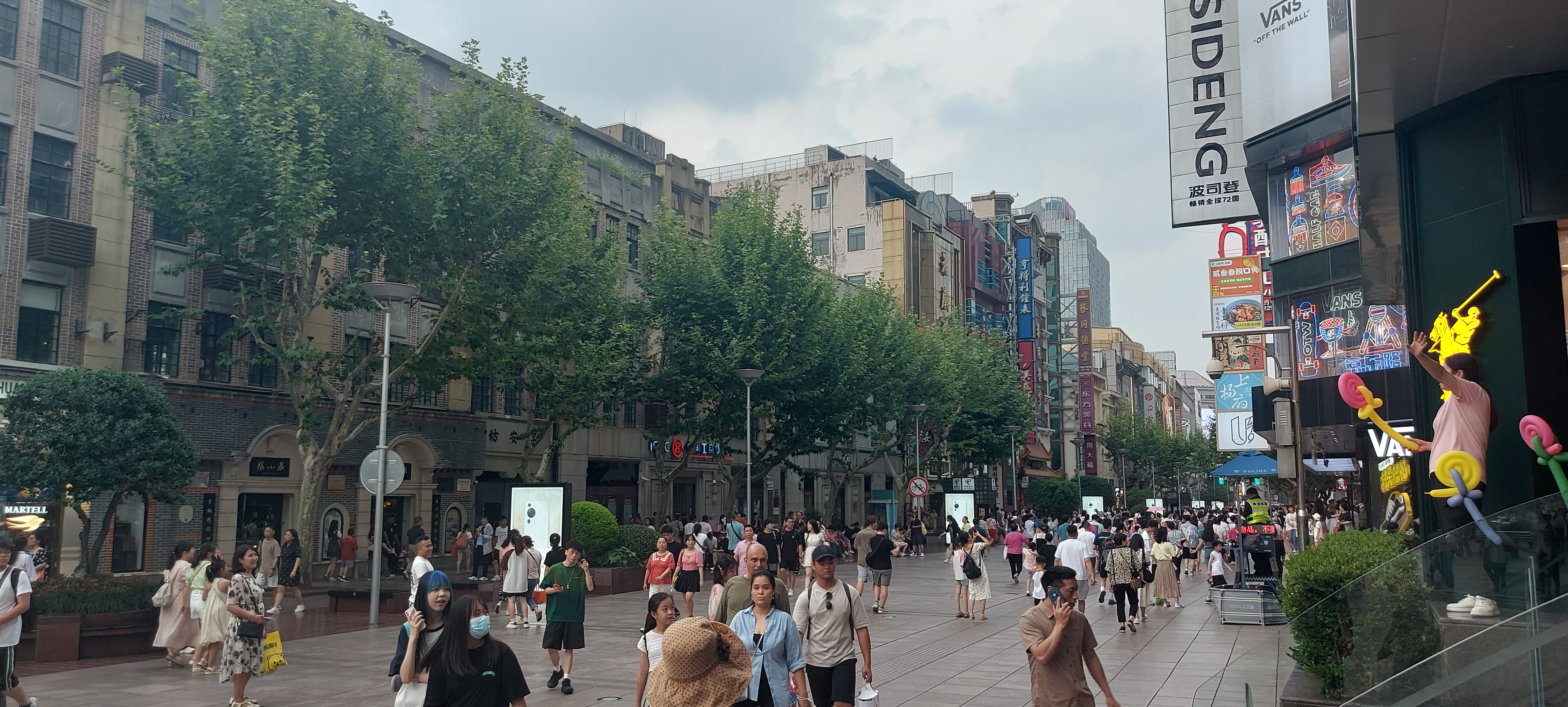
Its chairman, Larry Chan, said the company embarked on its first venture outside the Philippines with the establishment of two factories in Shanghai. Liwayway’s operations in China have grown to 12 manufacturing bases nationwide since then. Under its Oishi brand, Liwayway manufactures an extensive variety of food products.
In the evening, a cruise down the Huangpu River slowed our pace with the best view of the old and new Shanghai.
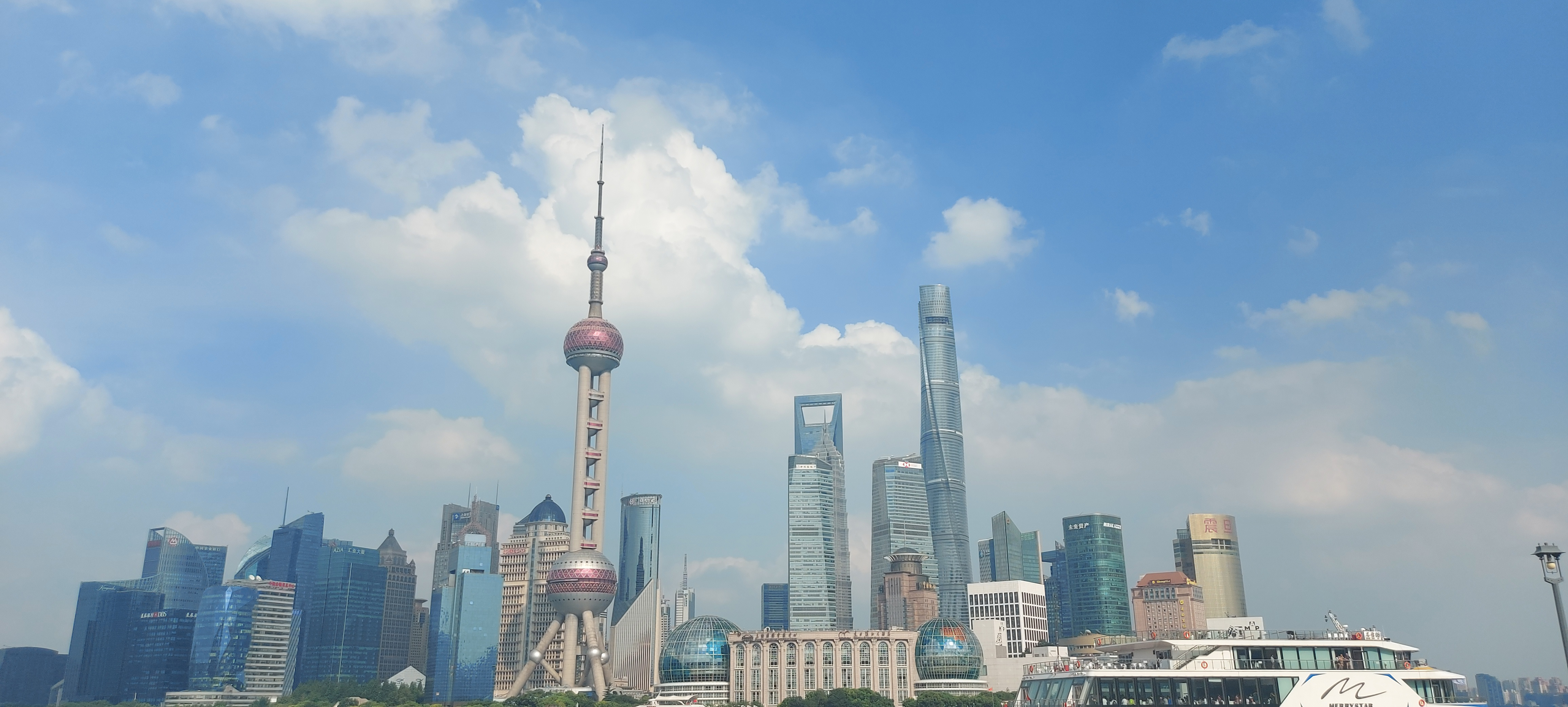
The day was capped by a visit to The Bund, a waterfront area and protected historical district in central Shanghai.
From the past to the future, we now “toured” the present – a visit to the comprehensive senior care center of the Ganquan community on Ganquan Road.
This is a center that provides services to the elderly and the youth, integrating medical and health care with cultural and physical activities.
At the NIO House located at the Shanghai Tower, we viewed the smart electric vehicles company. It operates R&D centers and manufacturing facilities in Shanghai, Hefei, Beijing, Nanjing, Shenzhen, Hangzhou, San Jose, Munich, Oxford, Berlin, Budapest, and Singapore.
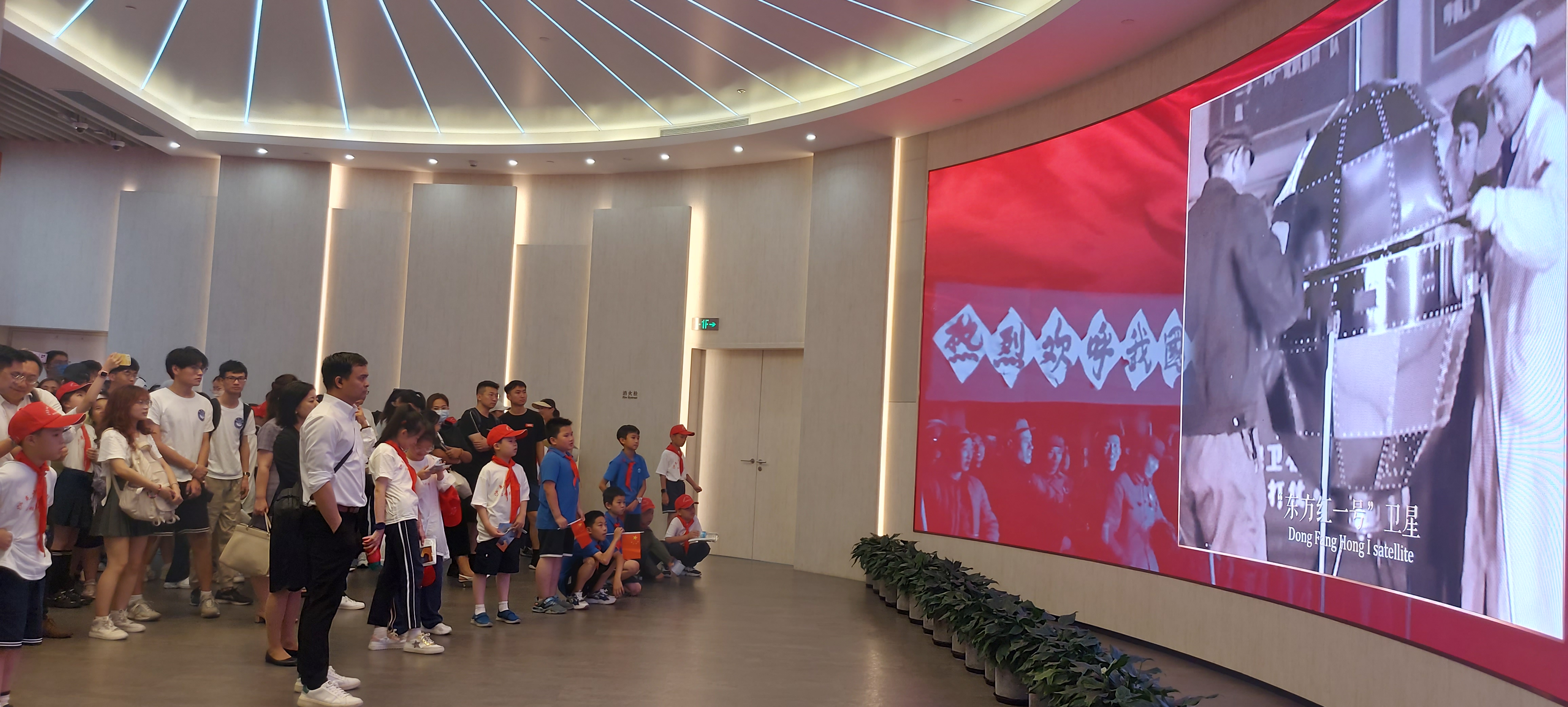
And before we closed our 11 days of wonder, we visited the Memorial Hall of the First National Congress of the Communist Party of China.
According to our guide, the memorial is a national first-grade museum that includes the site of the first CPC National Congress, an oath-taking hall, and a newly built exhibition area.
It was a tour that gave each of us enough experiences, and stories to write about. And most important, it was an extraordinary 11 days that gave us a deeper knowledge on China. (Photos by Merlina Hernando-Malipot)
PART TWO
https://mb.com.ph/2023/8/5/a-journey-of-understanding-china-officials-welcome-ph-group
PART THREE